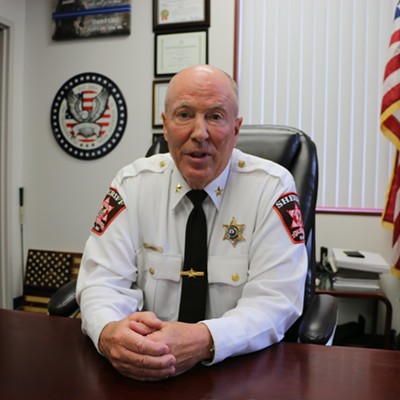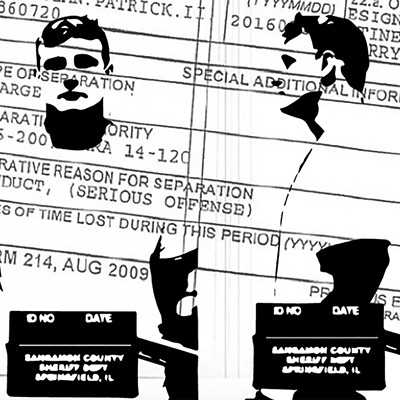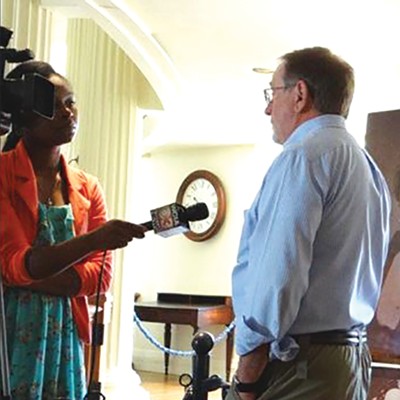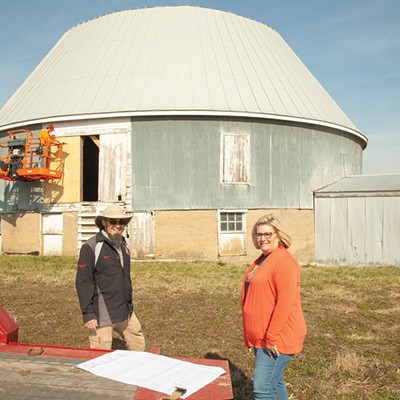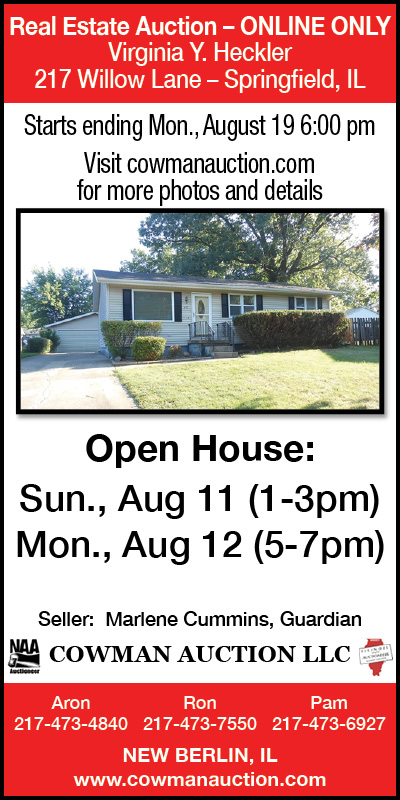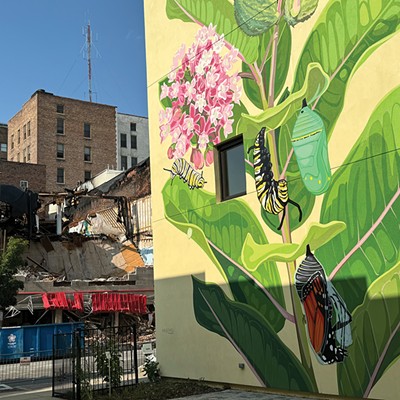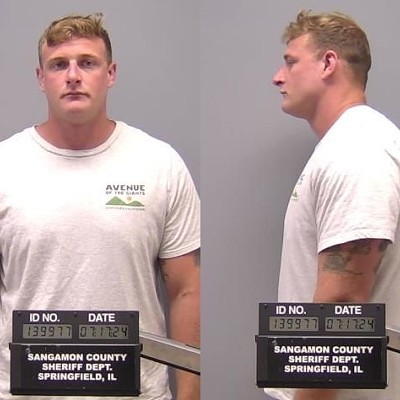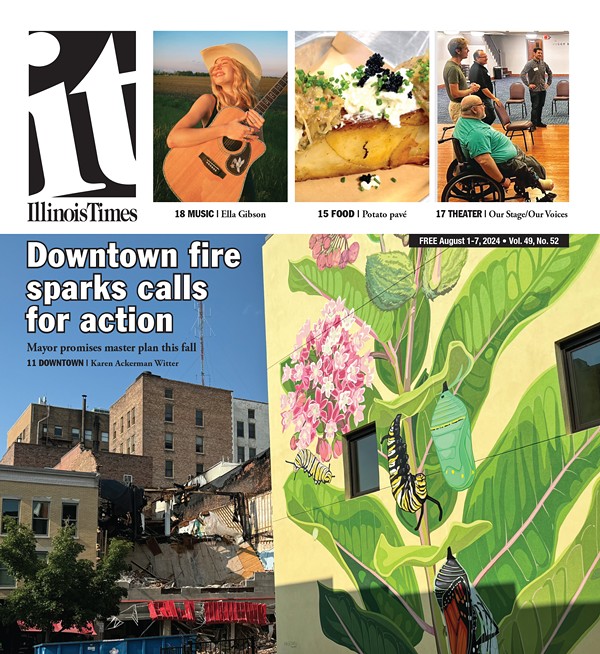Oak Ridge Cemetery in Springfield is the resting place of several underground railroad conductors. Honoring these brave men – both Black and white – has been a part of the work of the Sangamon County Historical Society. At a recent meeting of the SCHS, information about five conductors who hailed from Springfield was shared as was the work of the Illinois Underground Railroad Task Force.
The Task Force was established by the Illinois General Assembly in June 2023 with its work starting on Jan. 1. It's composed of 10 members, five state legislators from both parties and five members with state historical expertise. The mission is to develop a statewide plan to connect existing and new projects to create a cohesive, statewide history of the underground railroad in Illinois while also creating new educational opportunities for the state.
The 10 members include Sen. Doris Turner, D-Springfield; Sen. Jil Tracy, R-Quincy; Sen. David Koehler, D-Peoria; Rep. Jackie Haas, R-Kankakee; Rep. Debbie Meyers-Martin, D-Matteson; Tazewell County Clerk John C. Ackerman; Larry McClellan from the Illinois State Historical Society; Theodis Pace, president of Kankakee County NAACP; Dave Joens, director of the Illinois State Archives, and Jennifer Edginton, interim director of the Illinois State Museum.
Ackerman has already begun work in Tazewell County to place markers at graves of underground railroad conductors. His research discovered John Albert Jones, from Pekin, who later lived in Springfield and is buried at Oak Ridge Cemetery. Ackerman contacted the SCHS, which led to a program about Jones in 2023.
To help with the mission of the Task Force, the SCHS followed up with a second program on May 21 with a look at underground railroad conductors, some with ties to Abraham Lincoln.
Luther N. Ransom, a white man, ran a boarding house where Abraham and Mary Lincoln lived when they first married. The boarding house, near the Globe Tavern, doubled as an underground railroad station until 1844. An Oct. 18, 1841, handbill offered a $200 reward for Henrietta Jones and her children ages 6, 4 and 2, who were "seen at Ransom's boarding house on yesterday morning." Ransom also helped his father select an attorney to represent them when charged with assisting a fugitive slave in Jacksonville. The attorney was Lincoln.
Erastus Wright, also a white man, lived at Jefferson and Walnut streets, a stop on the underground railroad. He was a teacher, an abolitionist, a Sangamon County school commissioner and a member of the "abolitionist" church, Second Presbyterian, now called Westminster Presbyterian Church. Wright served as one of Lincoln's pallbearers.
Three Black men also were conductors and had ties to Lincoln.
Jamieson Jenkins lived just south of the Lincolns on Eighth Street. He was a wagon operator and was linked to helping 60 runaway slaves escape through Springfield to Bloomington in 1850. Jenkins drove President-elect Lincoln on his last carriage ride in Springfield to the Great Western Railroad depot when he left for Washington, D.C., in 1861.
The Rev. Henry Brown was born in Raleigh, North Carolina, in 1823 and moved often, arriving in Springfield around 1847. His home, on the northeast corner of 10th and Madison streets, was where he helped runaway slaves move north. Brown served Lincoln as a laborer. During Lincoln's funeral procession, Brown led Lincoln's horse.
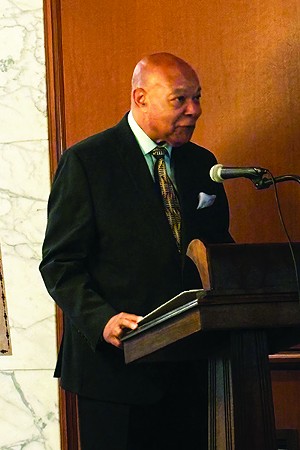
In his memoir, he wrote about the day in 1858 when he helped a 16-year-old runaway slave girl escape out of Springfield. Written in his own words, Donnegan tells about the lengthy and dangerous escape. "I hustled her into the attic and told her to crawl in behind the chimney and stay there until I told her to come out... I went downtown and got a pair of white gloves and a white false face which I knew in the darkness would give the impression of whiteness.... When it was dark enough, I sallied out with her."
Then Donnegan relates the circuitous route he took through town, trying to evade the girl's master and other men hunting her. The story involves a shooting of a dog, hiding the girl in a tree and eventually dressing her as a boy and sending her with a group of men heading out to plow. The girl continued on her journey to Canada.
At the age of 80, Donnegan was attacked by white men in his home, beaten, stabbed and hanged during the 1908 race riot.
Stories like these help to bring to life the heroic acts of so many and to educate people about the truths of the past. That is what the Underground Railroad Task Force is working to do.
"We have found so much happening around the underground railroad history," said Joens, a member of the group. "We are developing a plan to connect existing and new work. I would like to see a resource page that ties this together with videos, books, sources and resources for connecting all that is going on."
The task force will submit a report of its findings and recommendations to the governor and General Assembly by the end of the year.
Cinda Ackerman Klickna loves the history of Sangamon County and Illinois and serves as president of the SCHS. The society will place markers at the graves of the underground railroad conductors listed in this article.




